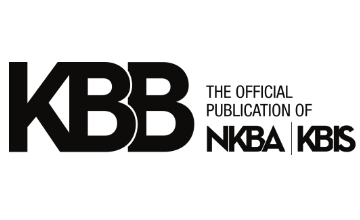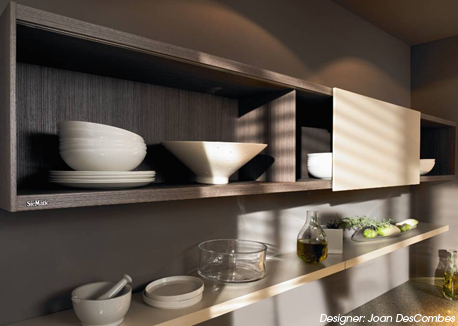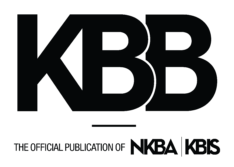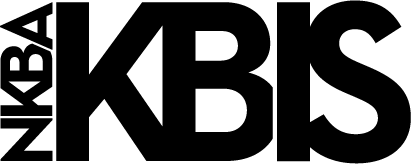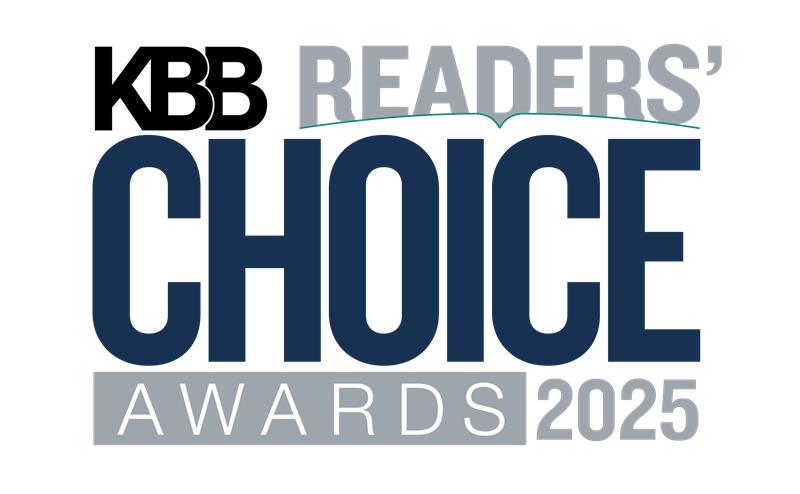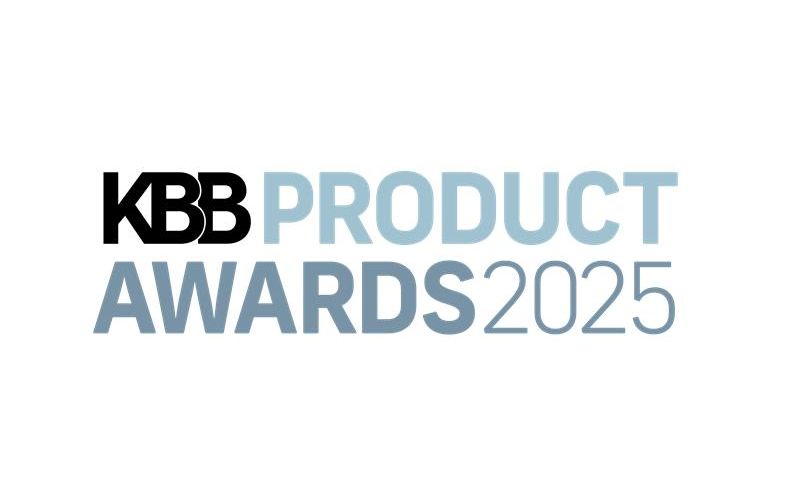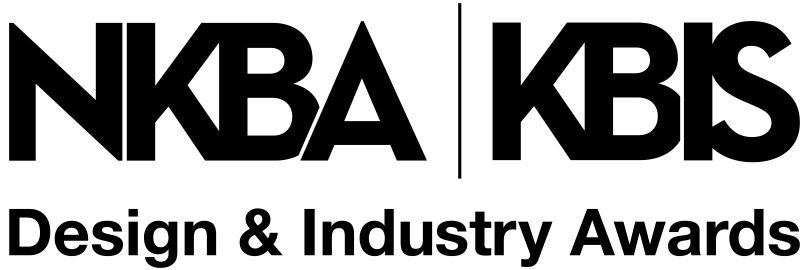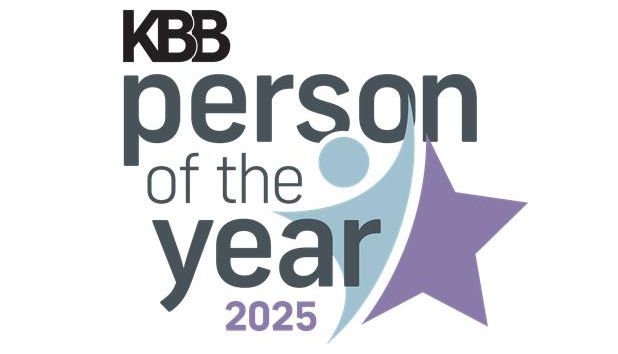Designing an organized kitchen for the at-home chef is about more than just finding a place for all of their “stuff.” As discussed in the first half of this two-part series, it also involves asking the right questions and delving into their psychology, which will in turn enable you to work up comprehensive profile of how they use their kitchen and what their needs are.
Of course, for those who enjoy whipping up gourmet meals at home, choosing the right range is critical, as is providing adequate workspace and an efficient layout. But what about other kitchen essentials? While the answers may differ from client to client and budget to budget, following is a list of some must-haves that are sure to make for a more organized kitchen and happier cook.
• Multiple sinks. “Many clients, especially the serious cooks and entertainers, will tell you how frustrated they are by the one kitchen sink they’re always fighting over,” said Salerno. “So I immediately make provisions for an extra sink and suggest that we incorporate two main—or one main and one prep—sink into the design.” Executive chef Michael Ferraro, of New York City’s Delicatessen and Macbar, loves island sinks: “It’s just another piece of functionality. It’s accessible to wash hands, wash the counter down, pour liquid into, you name it.” And when it comes to doubling up, Peter Salerno, CMKBD, of Wyckoff, NJ-based Peter Salerno Inc., goes a step further. “Not only do I do the extra sink, but an extra dishwasher and garbage pail,” he said. “This way one set can be used for the meal cleanup and the other for when they’re entertaining.”
 Dual sinks and faucets in this kitchen by Joan DesCombes, owner of Joan DesCombes Kitchen Design, allow for more than one cook, while a variety of storage solutions keep the design clean and interesting.
Dual sinks and faucets in this kitchen by Joan DesCombes, owner of Joan DesCombes Kitchen Design, allow for more than one cook, while a variety of storage solutions keep the design clean and interesting. Home office areas are popular in kitchens, but are they necessary? In this kitchen in Florida (below), DesCombes replaced an unused desk with a space-saving panel equipped with rails for hanging a clock, a chalkboard and an apron. (For more photos of this project, click
here.)

• Drawers. Deep drawers, shallow drawers—all make life a bit easier and more organized for the cook. “Europeans really do this right,” said Salerno. “They use more drawers than cabinets to hold everything from silverware and dishes to gadgets and glasses.” Salerno incorporates drawers whenever he can into his designs, praising their versatility and ease of function in addition to aesthetic value. And the way they’re outfitted proves that the inside is just as important as the outside. “The Europeans have accessories throughout their entire kitchen,” Salerno said. “Pegs, baskets, dividers. It’s part of their everyday repertoire for design.”
 Drawers for storing pots and organizational accessories make life easier in the kitchen. (Above: Plain & Fancy; below: Poggenpohl)
Drawers for storing pots and organizational accessories make life easier in the kitchen. (Above: Plain & Fancy; below: Poggenpohl) 
• Adjustable rollout shelves. Specifically, organize spice drawers by use (i.e. barbecue spices for meat prep next to the range, baking spices next to the mixer). Joan DesCombes, CKD, owner of Winter Park, FL-based Joan DesCombes Kitchen Design, has had clients who alphabetize and color-code them. But while organization is a good thing, perfection, she cautioned, can be intimidating. “Like the case of the husband who never wants to enter the kitchen because it’s so perfect and neat, it’s not enjoyable to be in,” said DesCombes. “There has to be a happy medium.”
• Appliance cart. OK, you say, but my client doesn’t have all of that space. “Serious cooking doesn’t always equal large kitchen, so you have to get inventive,” said Ferraro. Enter the appliance cart for small gadgets like a toaster oven, food processor, etc., that you roll into the kitchen when you need it and store away when you don’t. This frees up much-needed space in a kitchen where every cabinet is spoken for. (And even if they do have the room, put those appliances away or at least away from the sides of the range. As Ferraro noted, “You need enough uncluttered counter space surrounding the cooking area for placement of pots, pans and the like.”)
• Small refrigerator. Include a 27-incher that can be used for meal preparation, or combine two must-haves: refrigerated drawers. Ferraro said, “A refrigerated drawer in the prep area is great because you can keep, for instance, your cold apps there.” For everyday use, Salerno also likes them for storing “a week’s worth, or even a night’s worth, of cooking.” A 4-cu.-ft. model is perfect for meat, fish, etc., and, if located right near the cooking station within arm’s reach, is a cook’s dream. Other staples can be stored in the main refrigerator (which, keep in mind, often doesn’t have the extra room for, well, the extras).
 A refrigerator drawer in the prep area puts fresh food within easy reach and may be an ideal place to keep cold appetizers. CoolDrawer (shown) from Fisher & Paykel offers the added benefit of being able to store a variety of items with a multiple-temperature-zone design.
A refrigerator drawer in the prep area puts fresh food within easy reach and may be an ideal place to keep cold appetizers. CoolDrawer (shown) from Fisher & Paykel offers the added benefit of being able to store a variety of items with a multiple-temperature-zone design.• Magnetic strips. Very simple, but Ferraro loves them. “They’re perfect for knives—all right there and accessible,” he said. An added bonus? “People who love to cook typically have beautiful knives,” said Ferraro. “It’s like artwork so they should be displayed. It says ‘a chef lives here.’”
 Magnetic strips, such as Asker (shown) from IKEA, put knives within easy reach and, according to Ferraro, advertise that “a chef lives here.”
Magnetic strips, such as Asker (shown) from IKEA, put knives within easy reach and, according to Ferraro, advertise that “a chef lives here.”“There’s this whole trend sweeping the country with organizers,” said DesCombes. “They’re doing things like archiving people’s photographs, organizing their closets and arranging their offices. It’s a big trend, a big business, and as kitchen designers, we can get in on that, whether designing the initial layout or creating order in an existing kitchen. Either way, it’s a necessary function in creating a kitchen that functions.”
